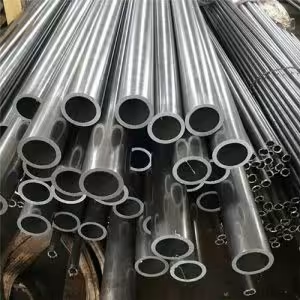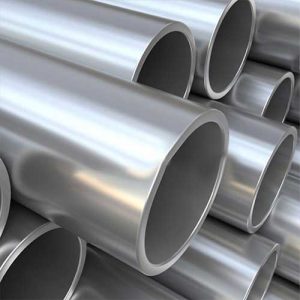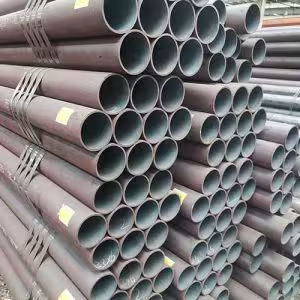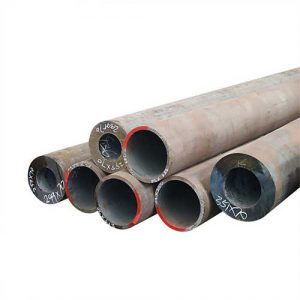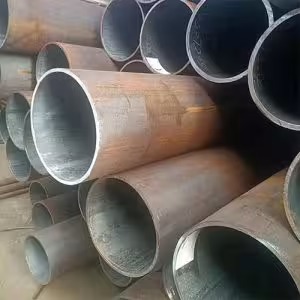Welcome to My Blog!
Before we dive into the content, I’d love for you to join me on my social media platforms where I share more insights, engage with the community, and post updates. Here’s how you can connect with me:
Facebook:https://www.facebook.com/profile.php?id=61565500692293
Now, let’s get started on our journey together. I hope you find the content here insightful, engaging, and valuable.
Table of Contents
Introduction
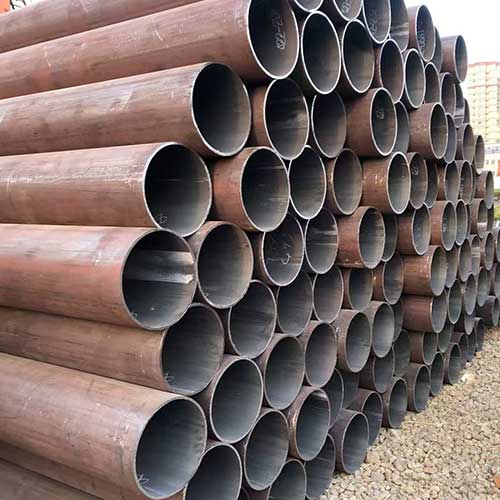
The world of construction and engineering is built upon a foundation of reliable and robust materials. Among these, seamless carbon steel pipe stands out for its exceptional strength, durability, and versatility. Used extensively across various industries, from oil and gas to construction and automotive, seamless carbon steel pipes are valued for their seamless design which eliminates the potential weaknesses of welds and seams that can be found in other types of pipes. This comprehensive guide aims to explore the properties, manufacturing processes, applications, and benefits of seamless carbon steel pipes, providing key insights for engineers, specifiers, and anyone involved in the procurement or use of these vital components.
Understanding Seamless Carbon Steel Pipe
Definition and Composition
Seamless carbon steel pipe is a type of pipe manufactured without a weld seam. It is made from carbon steel, which is an alloy of iron and carbon with no minimum content of chromium. The carbon content in carbon steel ranges from 0.12% to 2.11% by weight.
Manufacturing Process
The primary method of manufacturing seamless carbon steel pipes is through the process of hot rolling or extrusion. In this process, a solid billet of steel is heated and then pierced to create a hollow shell, which is then rolled or extruded into the desired shape and size.
Advantages Over Welded Pipe
The seamless design of these pipes offers several advantages over welded pipes, including greater pressure resistance, better resistance to corrosion, and higher tensile strength. The absence of a weld seam also means fewer potential points of failure, making seamless carbon steel pipes more reliable in critical applications.
Properties of Seamless Carbon Steel Pipe
Mechanical Properties
Seamless carbon steel pipes exhibit excellent mechanical properties, including high tensile strength, yield strength, and impact resistance. These properties make them suitable for use in high-pressure and high-temperature applications.
Corrosion Resistance
While carbon steel can be susceptible to corrosion, seamless carbon steel pipes can be protected through various surface treatments, such as galvanizing, painting, or coating with anti-corrosive materials.
Thermal Conductivity
Carbon steel has good thermal conductivity, which allows seamless carbon steel pipes to efficiently transfer heat in applications such as heat exchangers and steam lines.
Ductility and Formability
The ductility and formability of seamless carbon steel pipes make them easy to bend, shape, and form into various configurations, facilitating their use in complex engineering projects.
Applications of Seamless Carbon Steel Pipe
Oil and Gas Industry
Seamless carbon steel pipes are extensively used in the oil and gas industry for drilling, extraction, transportation, and refining processes due to their high pressure and corrosion resistance.
Construction and Architecture
In construction, seamless carbon steel pipes are used for structural support, as well as for water and gas supply lines in buildings.
Automotive Industry
The automotive industry utilizes seamless carbon steel pipes for exhaust systems, fuel lines, and brake lines due to their strength and durability.
Power Generation
In power plants, seamless carbon steel pipes are used for steam lines, boiler components, and other high-temperature applications where reliability and safety are critical.
Technical Specifications and Standards
| Specification | Details |
|---|---|
| Material | Carbon steel with carbon content ranging from 0.12% to 2.11% |
| Sizes | Varies widely, typically from 1/8″ to 48″ in diameter |
| Wall Thickness | Varies with diameter and pressure rating |
| Surface Treatment | Can include galvanizing, painting, or anti-corrosive coatings |
| Standards | ASTM A106, API 5L, DIN 1629, among others |
Maintenance and Best Practices

Regular Inspection
Regular inspection of seamless carbon steel pipes is essential to detect signs of corrosion, erosion, or structural fatigue. This helps in planning maintenance and replacement schedules.
Protective Coatings
Applying protective coatings or linings can significantly extend the life of seamless carbon steel pipes by protecting them from environmental factors that can cause corrosion.
Proper Handling and Installation
Ensuring that pipes are properly handled and installed is crucial to avoid damage during transportation and installation. This includes using appropriate lifting gear and following best practices for pipe laying.
Compliance with Standards
Adherence to industry standards and specifications for seamless carbon steel pipes is essential to ensure their safe and effective use in various applications.
Conclusion
Seamless carbon steel pipes are a cornerstone in many industries due to their strength, durability, and seamless design. Their versatility in applications, from oil and gas to construction and automotive, underscores their importance in modern engineering. Understanding the properties, manufacturing processes, and best practices for using seamless carbon steel pipes is essential for specifiers, engineers, and anyone involved in projects where these pipes are utilized. This guide has provided a comprehensive overview of seamless carbon steel pipes, ensuring that you have the knowledge to make informed decisions in your projects.
FAQ
What are the main differences between seamless and welded carbon steel pipes?
The main differences lie in the manufacturing process and the presence of a weld seam in welded pipes. Seamless pipes offer higher pressure resistance, better corrosion resistance, and fewer potential points of failure.
How are seamless carbon steel pipes made?
Seamless carbon steel tubes are typically made through hot rolling or extrusion, where a solid billet of steel is heated and then pierced to create a hollow shell, which is then rolled or extruded into the desired shape and size.
What surface treatments are commonly used for seamless carbon steel tubes?
Common surface treatments include galvanizing, painting, and applying anti-corrosive coatings to protect the pipes from corrosion and extend their lifespan.
Can seamless carbon steel tubes be used in high-temperature applications?
Yes, seamless carbon steel tubes can be used in high-temperature applications, but they may require special heat-resistant coatings or alloys to withstand such conditions.
What are the common sizes and thicknesses of seamless carbon steel tubes?
The common sizes range from 1/8″ to 48″ in diameter, with wall thicknesses varying according to the specific application and pressure rating.



